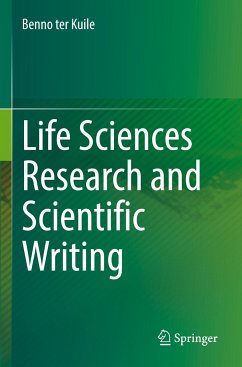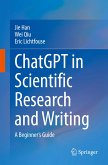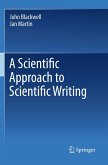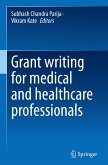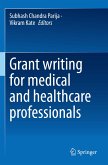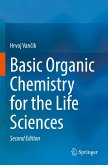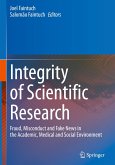Scientific writing is a trade that can and must be learned and not a form of art that is limited to the talented. The real constraint for writing a good scientific article is most of the time not the usage of the English language, but the conversion of outcomes of a set of experiments into a coherent and convincing scientific story. This book is designed to guide junior scientists in the Life Sciences writing their thesis and first manuscripts, along this uphill struggle. All aspects of building up and publishing a forceful scientific narrative are covered, from designing experiments to dealing with the reviewers' comments.
This book takes you step by step through the process of writing a paper. It starts by discussing how to collect and organize data and make an outline. The actual writing starts with the Results section, as this is the heart of any research paper. The Discussion interprets your data in the framework of the existing literature and explains the novel insights you obtained. The Introduction is written to pose the questions that are answered in the Discussion and give the necessary background information. It is written after the Results and Discussion to make sure it is a perfect match. The M&M is the easiest to write. A good abstract is essential for attracting readers. How to write that is described in detail. The title is the last piece of the puzzle.
The book contains many practical examples that explain the general principles of good writing. These examples are all from the Life Sciences and so are the anecdotes that illustrate the concepts, making the information directly applicable. All kinds of tips and suggestions are provided for improving readability and accessibility of your manuscript, thus making it easier acceptable. In addition, background information on the basics of science is supplied that helps to avoid common mistakes that cause rejection of manuscripts that report on otherwise good science.
This book takes you step by step through the process of writing a paper. It starts by discussing how to collect and organize data and make an outline. The actual writing starts with the Results section, as this is the heart of any research paper. The Discussion interprets your data in the framework of the existing literature and explains the novel insights you obtained. The Introduction is written to pose the questions that are answered in the Discussion and give the necessary background information. It is written after the Results and Discussion to make sure it is a perfect match. The M&M is the easiest to write. A good abstract is essential for attracting readers. How to write that is described in detail. The title is the last piece of the puzzle.
The book contains many practical examples that explain the general principles of good writing. These examples are all from the Life Sciences and so are the anecdotes that illustrate the concepts, making the information directly applicable. All kinds of tips and suggestions are provided for improving readability and accessibility of your manuscript, thus making it easier acceptable. In addition, background information on the basics of science is supplied that helps to avoid common mistakes that cause rejection of manuscripts that report on otherwise good science.

